Why another competition?
With so many other competitions out there, why do we need another?
One of photography’s unique features is its ability to clearly represent the visual experience of the world. The deep connection between the photograph and the scene it conveys has shown the world the beauty of nature, helped convince politicians to create our national parks, shown people their effect on natural habitats and broadened the horizons of nearly every human on earth. There are few who have not marvelled at a National Geographic feature about some far-flung habitat or browsed a Sierra Club or National Trust book and had revealed to them their own treasured landscapes.

Historically, there have also been many celebrated artists who have used the camera to create works that diverge from representation in ways that no longer portray the landscape but interpret it. The Pictorialists used all the tools they had available to show just what photography was capable of as an art form.
But we now live in a world where there are blurred lines between these two aspects of photographic art. Our social media feeds show both approaches side by side with little to differentiate them. This current status quo is somewhat inevitable and understandable. However, when competitions do not make any distinction between the two, we are faced with a conundrum; Photographers who try to work within the boundaries of the landscape they actually experienced find it difficult to compete with photographs that depart from these constraints. The competitions we see online sometimes reward the technical skills of post-processing, compositing and graphic design over the challenges of working within the limits of the real world. How rarely can a portrayal of a real scene compete with the deluge of extraordinary juxtapositions of perfected moments?
The founders of this competition want to create a place where the field skills of the photographer are celebrated, where the post-processing and interpretation of images respect the inherent truth of the scene experienced, and photography aware viewers would not feel deceived by the end result if they were to see that original scene themselves.
How are we going to achieve this?
We realize that there is nothing gained by banning all aspects of image processing, which is after all an integral part of our art. We will be allowing all techniques that respect the visual integrity of the image and subject. As long as that proposed imaginary viewer, who understands how photography works, would not feel deceived if they were able to experience the moment of capture themselves, then the photographer has connected them with the landscape.
To ensure that this is the case, any photographs that get past the first stages of the competition will need to provide RAW files in support of each entry. We will check each image to make sure it does not break any of the post-processing rules we have put forward.
The judges will make the final subjective decisions on whether the post-processing is too much or just right. Undoubtedly there will be grey areas and we look forward to some robust debate!
We have also given considerable thought to the process of judging itself, which can be prone to various problems. It is inevitable that when zipping through so many images, a ‘WOW!’ photo with vibrant colors or a photo from an unusual angle will stand out. This is why so many photographs from iconic locations in extreme conditions, unusual aerial perspectives, astrophotography images, and inventive composites do disproportionately well in competitions. We hope to eliminate these judging problems by doing the following:
- Creating distinct separate categories for different sub-genres of landscape photography
- Preparing and briefing judges on what to expect and developing a process to help selection
- Having a scoring system that guides the judges into assessing composition, light and subject and not just the instant visual impact of an image
- Letting judges promote their favorite selections in an open discussion
- Relying on far more than composite scoring, which tends to reward images that are disliked the least as opposed to images that invoke the most discussion and consideration
- Implementation of a culture that celebrates transparency in our judging process and competition results
- Prominently showing the judges individual choices in the results as well as the collective final choices
We believe that all these steps will help give each image a strong chance, whether it be a spectacular aurora over a glacier or a softly lit willow tree.

